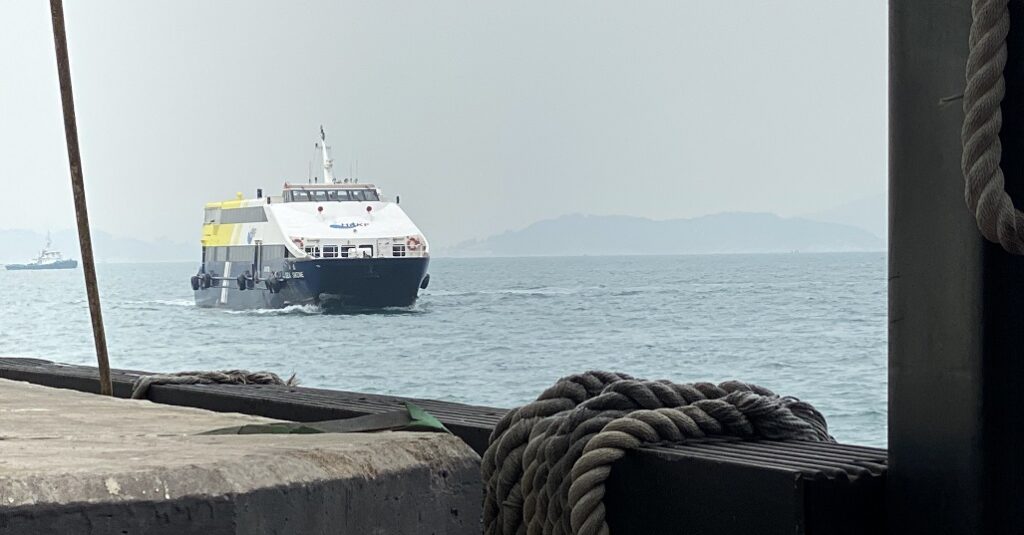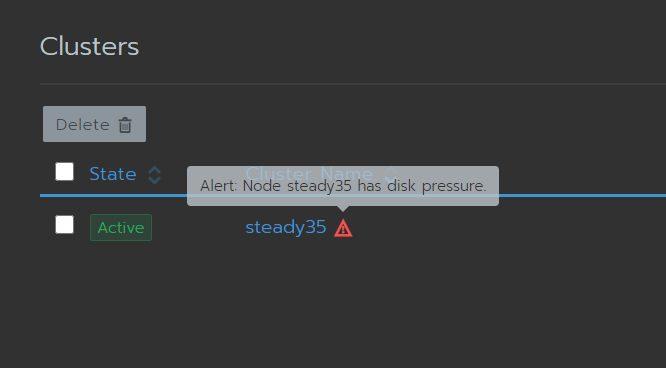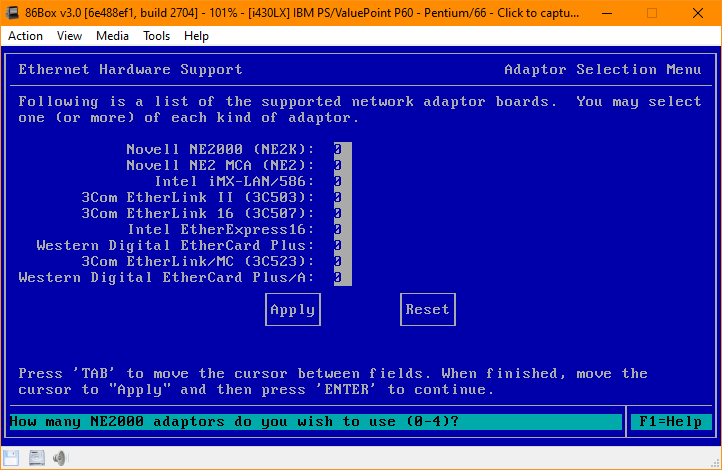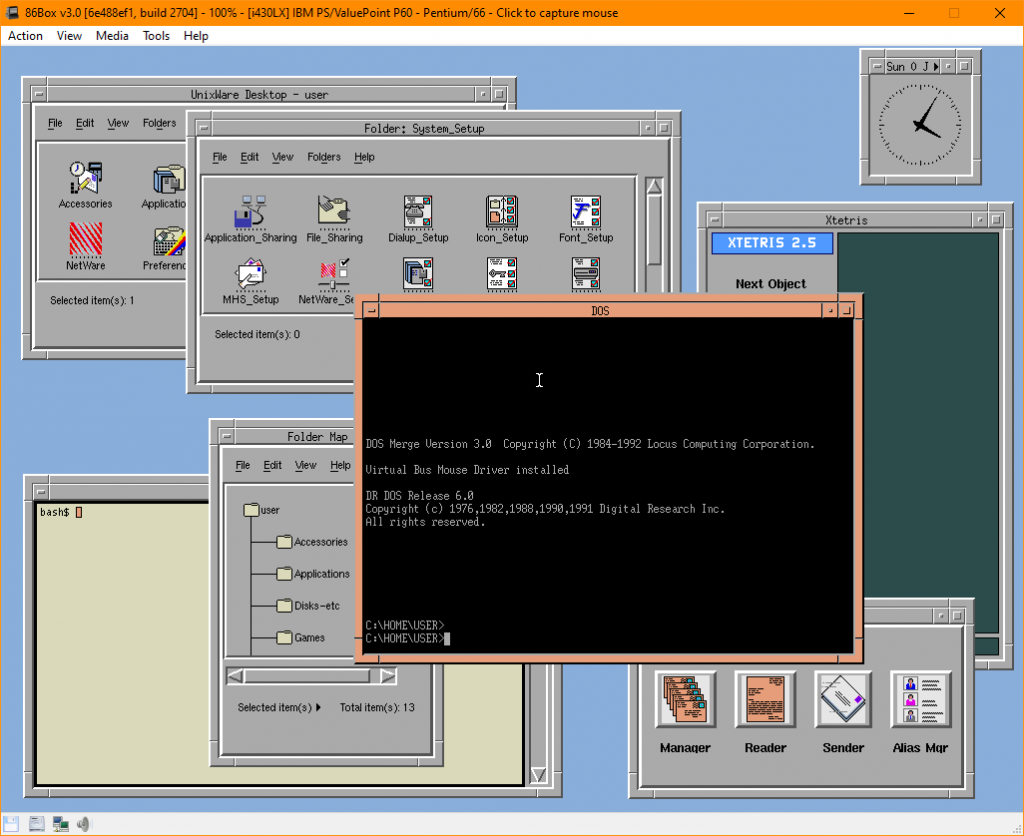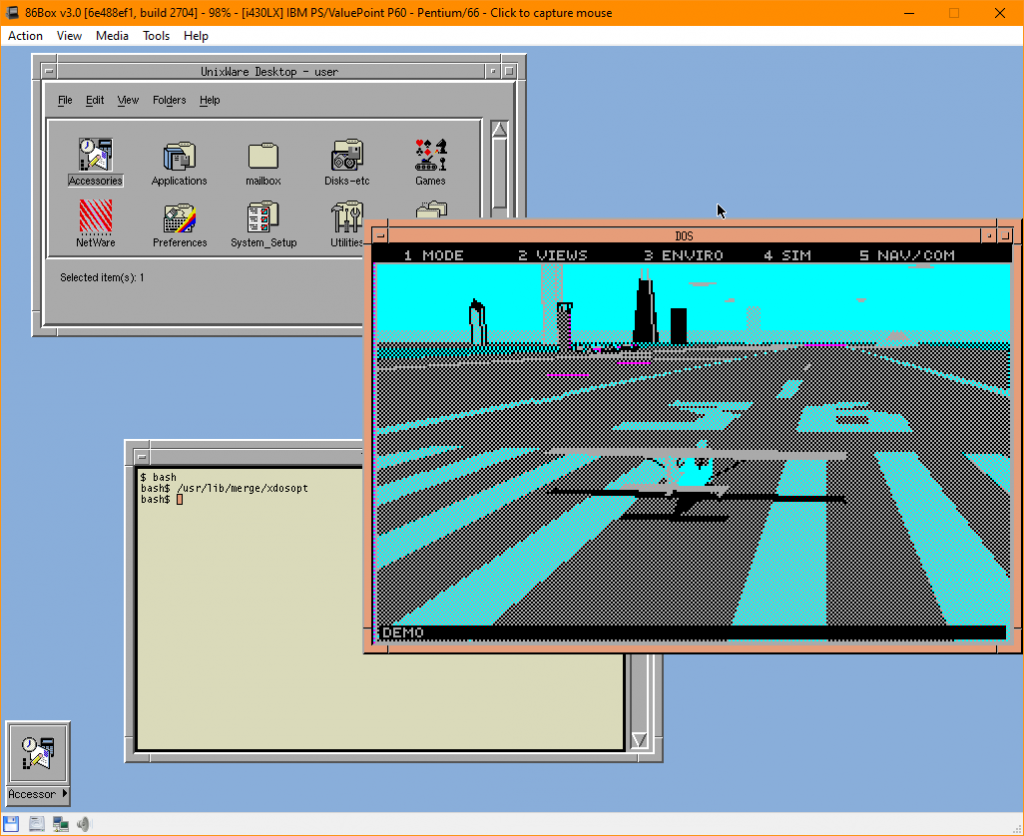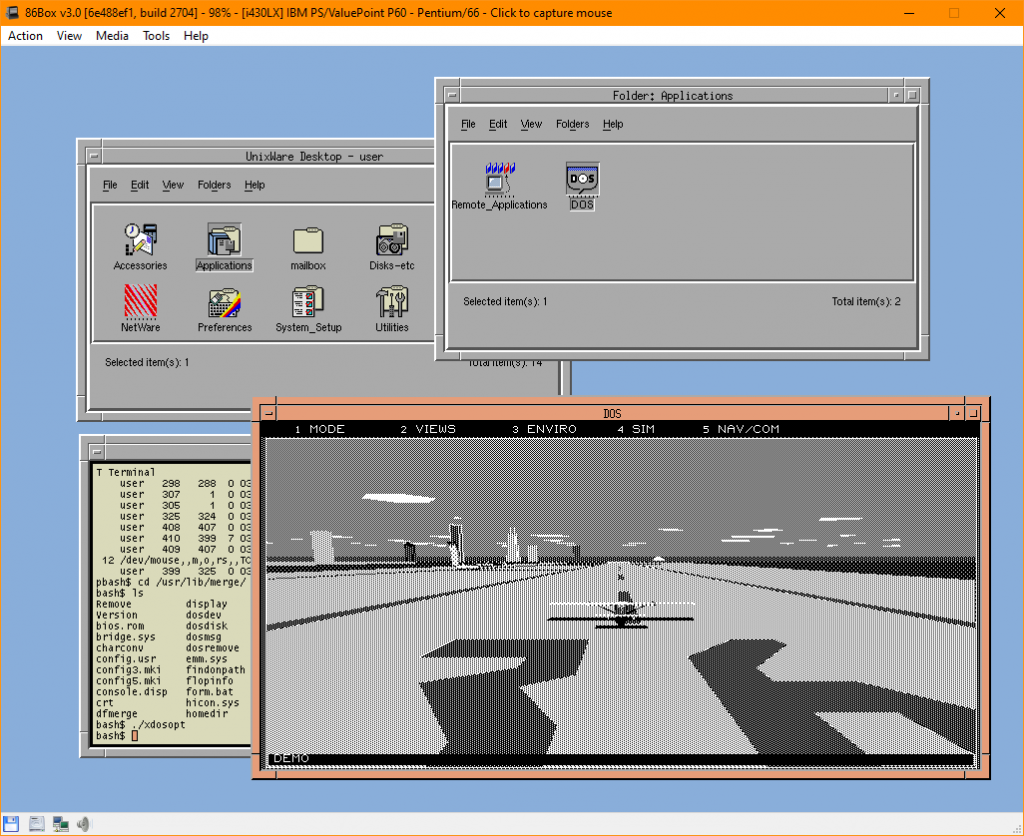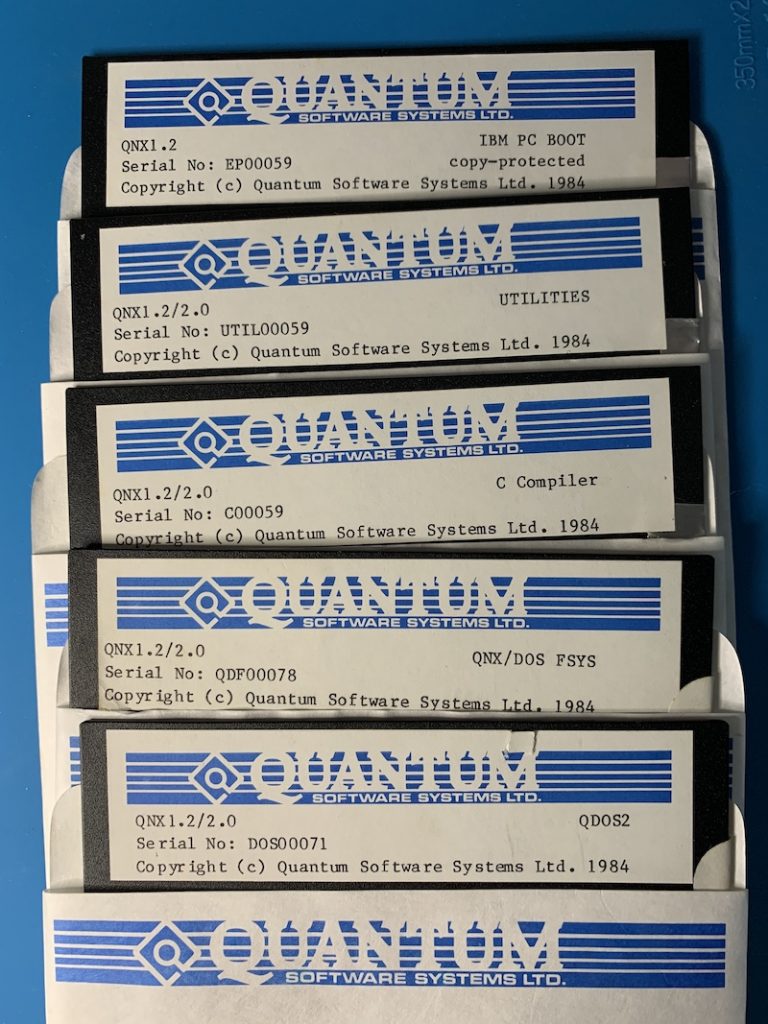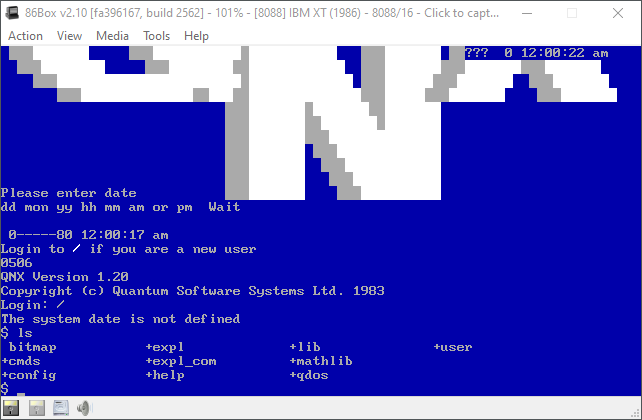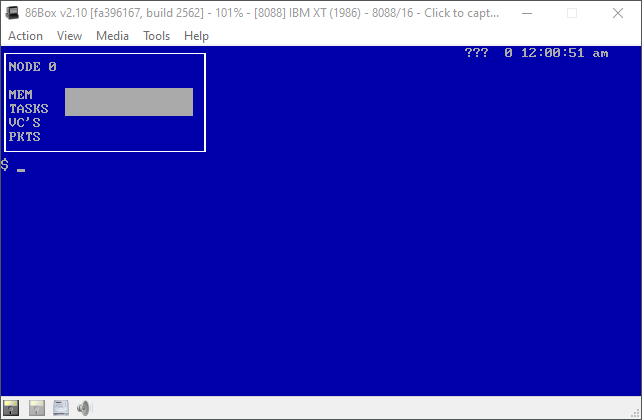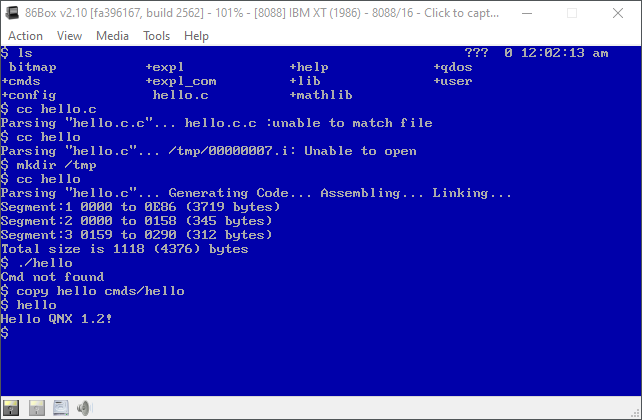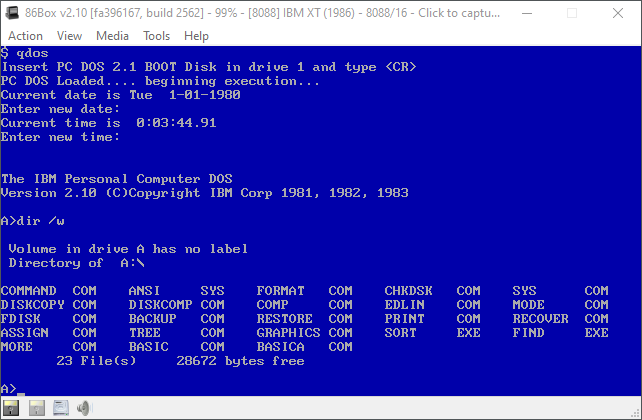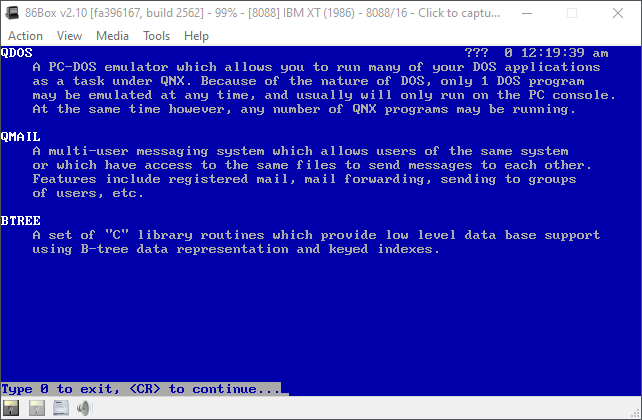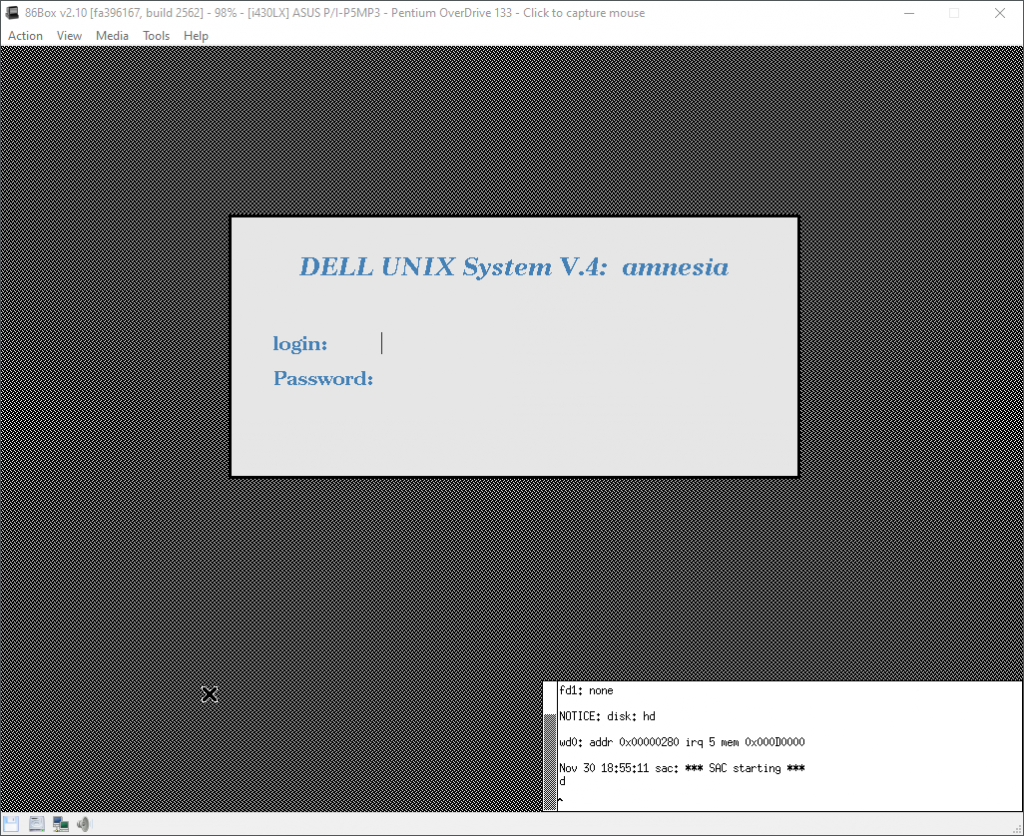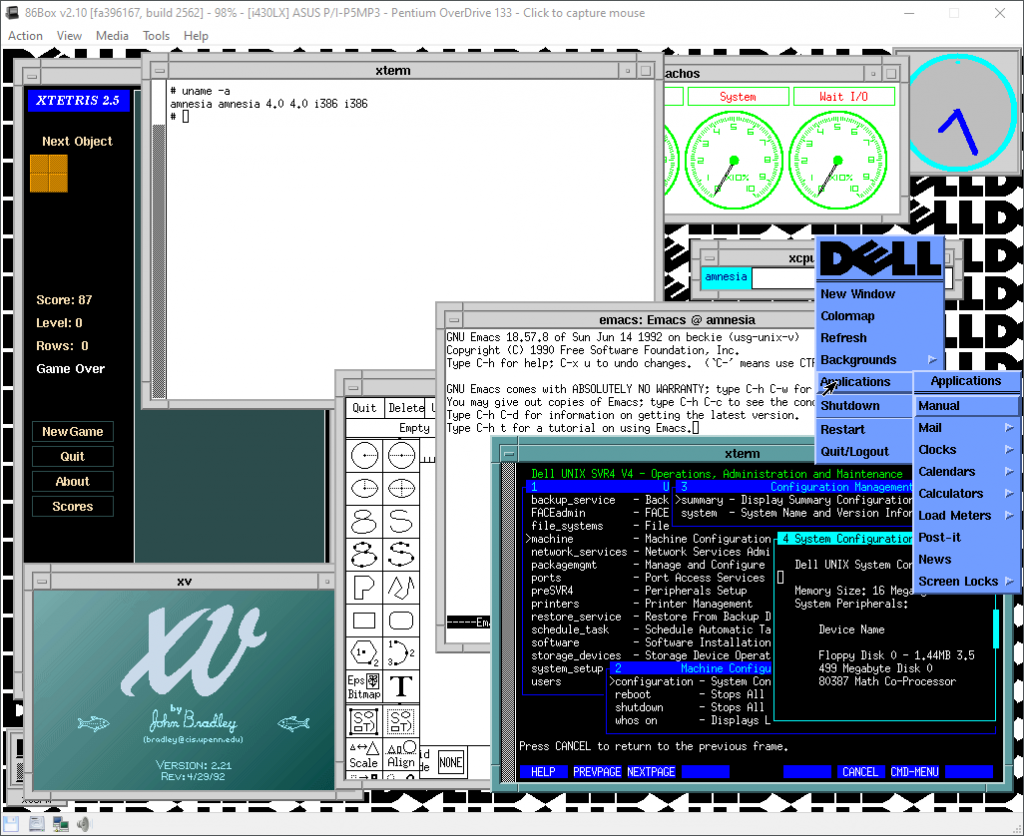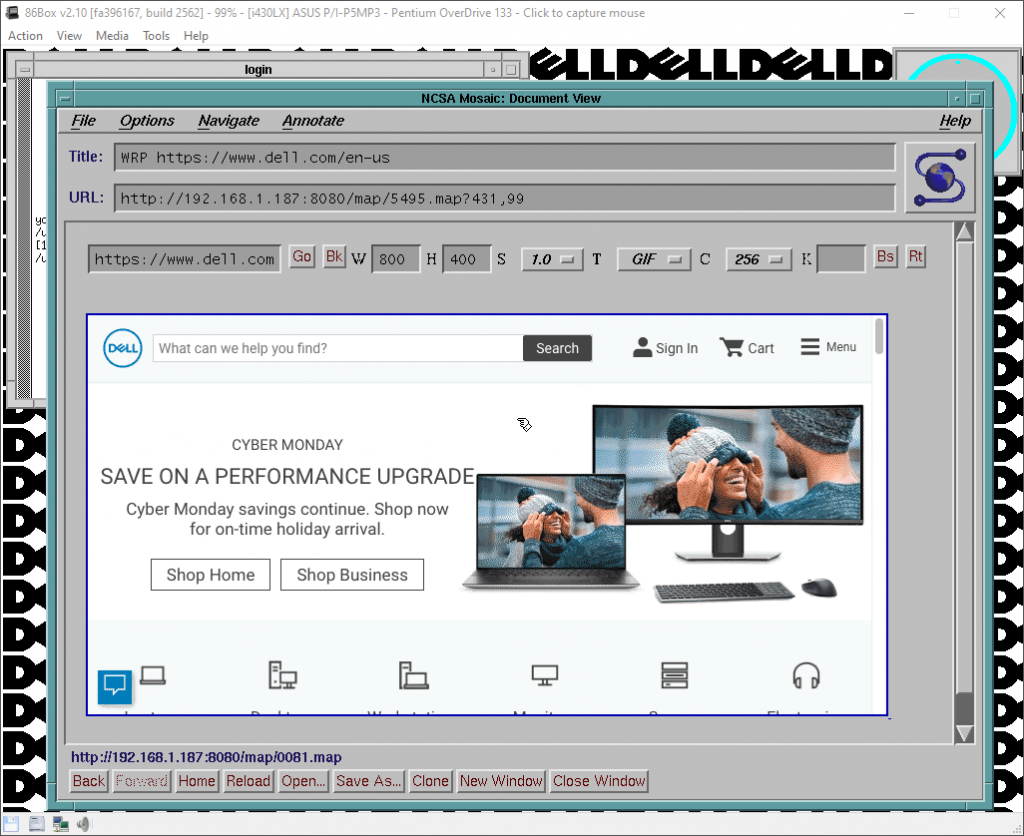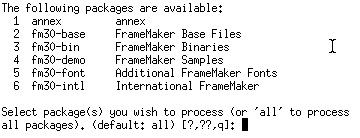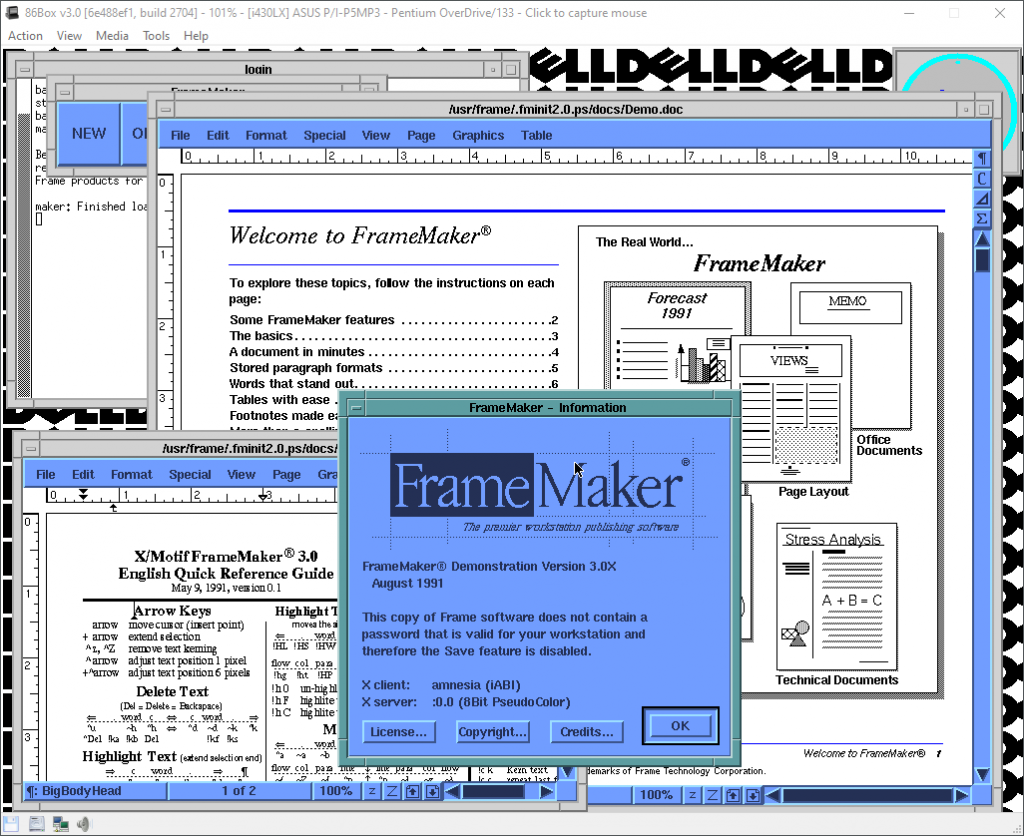(This is a guest post by Antoni Sawicki aka Tenox)
A couple of months ago we hosted VIrtualization Challenge for QNX v1.2. I expected that the hard part would be to circumvent the copy protection and the rest would be easy. It turned out to be quite the opposite! The copy protection was worked around in no time by several people independently. What turned out to be impossible is to install the OS on a hard disk.
QNX 1.2 does have several drivers for different hdd controllers including BIOS mode. It has fdisk, can create partitions, install MBR, format fs, mount hard disk volumes… but it cannot install boot code. Apparently this functionality has been added only in QNX 2.x. After a long debate we settled for a solution where you boot kernel from a floppy disk and use the rest of the os from a hard disk. This was implemented by Forty who won the challenge which was outlined in this post.
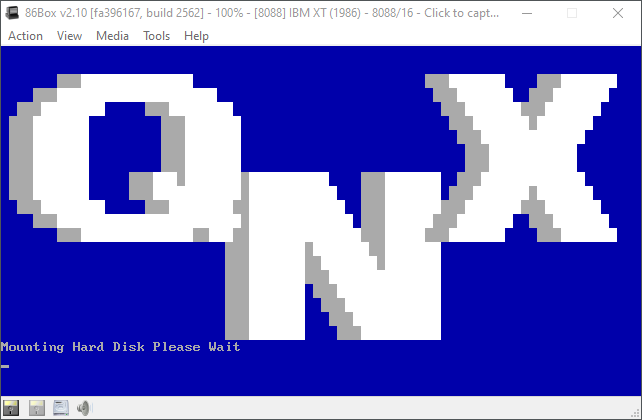
In a rather unexpected turn of events Dan Dodge, co-creator and CEO of QNX Software Systems himself reached out to us and offered to extend the contest to finish the process properly. Dan is offering $2000 prize for making QNX 1.2 boot from hard disk without use of the boot floppy disk. I have confirmed the details in an email exchange.
Rules: As always the winner will be the first person who provides a working image in the comments. Any emulator/hypervisor is allowed. You can use boot loader from QNX 2.x, or write your own or anything else you come up with. There are some tips in Dan’s comment. Ask away for more details. The QNX repository is here. Good luck! 🙂
Update: The challenge has been completed! The winner is Mihai Gaitos and this is the winning entry also a post on this blog. I will work with Mihai to get a more detailed blog post of what has been done and Dan to hand out the $2000 prize. Congratulations!!!
Update: You can try QNX 1.2 straight in your browser with PCjs!


